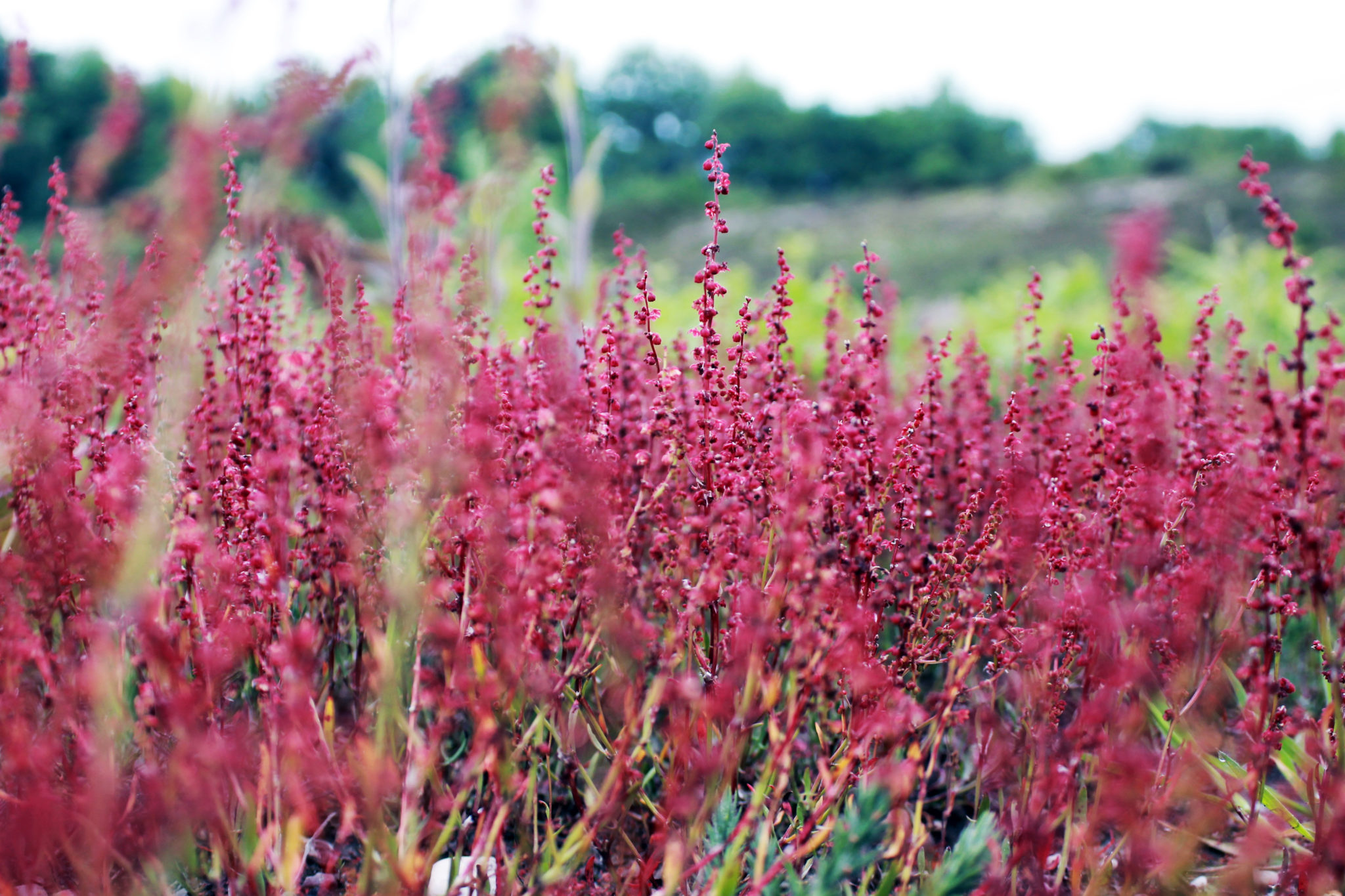
Amaranth genome assembly brought to the chromosome-scale using Phase Genomics’ Proximo Hi-C technology.
“Orphan crops” are growing in popularity because they have the potential to feed the world’s expanding population. You may have heard of orphan crops like quinoa or spelt, but have you heard of amaranth? The amaranth genus (Amaranthus) is a hearty group of plants that produce nutritious (high in protein and vitamin content) leaves and seeds. Amaranth species grow strongly across a wide geographic range, including South America, Mesoamerica, and Asia. Amaranth was likely domesticated by the Aztec civilization and has been a staple food of Mesoamericans for thousands of years. Breeders wish to enhance amaranth’s beneficial properties like drought resistance, nutrition, and seed production to improve the usefulness of amaranth as a food source. However, effective plant husbandry requires genetic and genomic resources, and building these resources has been inhibited by the high cost of genome sequencing and assembly.

Dr. Jeff Maughan (left) and Dr. Damien Lightfoot (right), are the primary authors of the amaranth genome paper.
Dr. Jeff Maughan, professor at Brigham Young University, is a champion of orphan crop genomics. Over the past year, Dr. Maughan and his team built a reference-quality amaranth genome on a tight budget. They built upon an earlier, short-read assembly by adding Hi-C data, which measures the conformation of chromatin in vivo, as well as low coverage long reads and optical mapping data. After using optical mapping to correct assembly errors in the short read assembly, the Hi-C data was used to cluster the short genome fragments into nearly complete chromosomes using Phase Genomics’ Proximity-Guided Assembly platform, Proximo™ Hi-C, Then, the long reads were used to close remaining gaps on the chromosomes. This cost-effective strategy recovered over 98% of the 16 amaranth chromosomes.
The completed reference genome provides an important resource for the community and will boost the efforts of plant breeders to unlock more agricultural benefits for amaranth. In their paper, Dr. Maughan’s team demonstrated the utility of the reference quality genome in at least two ways. First, they looked at chromosomal evolution by comparing the amaranth genome to the beet genome, which enables researchers to better understand amaranth in the context of how plants evolved, and second, they mapped the genetic locus responsible for stem color, which clarifies the scientific understanding of a useful agricultural trait. Dr. Maughan points out that both of these experiments would have been impossible without the chromosome-scale genome assembly afforded by Proximo Hi-C.
A high-quality reference genome is the first of many important steps towards creating a modern breeding program for amaranth. We contacted Dr. Maughan to learn more about how he is improving amaranth genomics and the importance of orphan crops.
What is an orphan crop?
According to the FAO (Food and Agriculture Organization of the United Nations) the world has approximately 7,000 cultivated edible plant species, but just five of them (rice, wheat, corn, millet, and sorghum) are estimated to provide 60% of the world’s energy intake and just 30 species account for nearly all (95%) of all human food energy needs. The remaining species are underutilized and often referred to as “orphan crops”.
How is genomics relevant to orphan crops?
Would you invest your entire 401K savings in just three stocks? In essence, that is what we are doing with world food security. This comes with tremendous risk. If we are going to diversify our food crops, it will be with these orphan crops. Modern plant breeding programs leverage genomics to significantly enhance genetic gain (yield), such methods will undoubtedly expedite the development of advanced varieties in orphan crop species.
What are the challenges facing researchers interested in orphan crop genomics? How have you overcome them?
Funding has long been the main obstacle to developing genomic resources for orphaned crops. The development of cheap, high-quality next-generation sequencing technology has dramatically ameliorated this problem – making genomics accessible for most plant species.
You used two scaffolding technologies for your assembly, Hi-C, and BioNano. How did they compare?
Both technologies are extremely useful and complementary but address different genome assembly challenges. The Hi-C data allows for the production of chromosome length scaffolds, while the BioNano data allows for fine-tuning and verification of the assembly.
Beyond building a high-quality genome assembly, what other genomic resources are required to encourage the adoption of orphan crops?
While genomic resources (such as genome assemblies and genetic markers) are fundamental for developing a modern plant breeding program, often what is missing with orphan crops is the collection of diverse germplasm (or gene bank) that is the foundation of a hybrid breeding program. The U.S. and other nations have extensive collections (tens of thousands of accessions) that serve as the genetic foundation for staple crop breeding programs – unfortunately, such collections are minimal or non-existent for orphan crops.
Who stands to benefit the most from a complete amaranth genome? How do you disseminate your work to them?
We collaborate extensively with researchers throughout South and Central America, where amaranth is already valued as a regionally important crop. Dissemination of our research occurs though traditional methods (e.g., peer reviewed publications) as well as through sponsored scientist and student exchanges.
Amaranth is used in a variety of interesting foods, what’s your favorite dish?
Alegría, which is made with popped amaranth and honey, and is common throughout Mexico.

 Twitter
Twitter LinkedIn
LinkedIn Email
Email